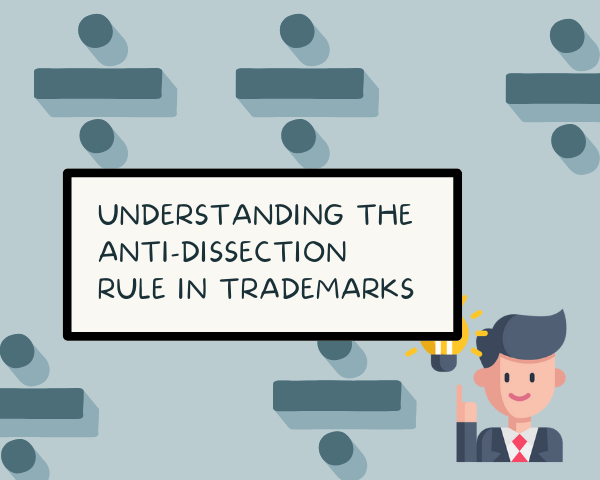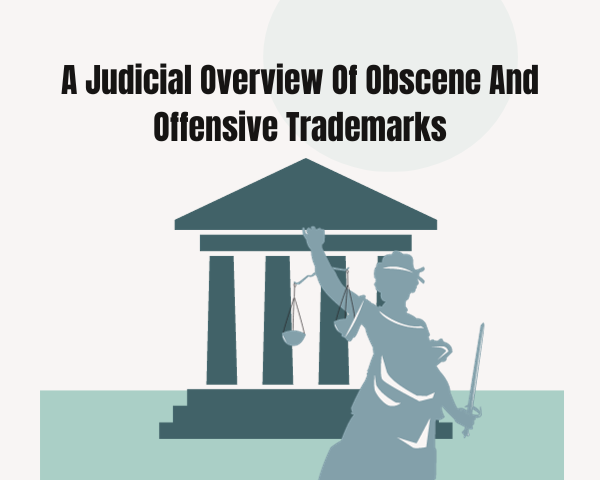Advertising is adopted as a means to convey the usage of the product and to attract more consumers. Consumers have a wide range of choices because there are homogenous products in the market; sometimes, companies advertise their own product with another competitor’s product. This is an acceptable practice. Comparative advertising is a unique practice where a manufacturer compares his goods or services to his competitors to promote and increase his sales.
Advertisements and Free Speech
Earlier, advertisements were considered a form of speech but never were they considered free speech; the reason being they were only done for the objective of profits. But the said position was overruled in the case of Tata Press vs. Mahanagar Telephone Nigam Ltd. The court stated that the ads are for the producers’ profit and a free flow of information in the market economy, fulfilling the greater goal of public awareness. The said judgment held that advertisements were constitutive of ‘commercial speech’ under the ambit of Article 19(1) (a) of the Constitution.
Provisions Regarding Advertisements
Section 29(8) & section 30(1) of the Trademarks Act, 1999 deal with trademark infringement through advertisements. The latter section gives an exception of when such use of marks in an advertisement is done only through honest practices in commercial and industrial subject matters. If the advertisement used by a producer/company dilutes or tarnishes the reputation of the trademark owned by someone else, then the infringed party can file a suit against this as the law here is protecting the interests of producers facing such a situation.
In the landmark case of Reckitt & Colman of India Ltd. vs. M.P. Ramachandran & Anr the court delved into puffery as a part of a comparative advertisement. The court held that the producer could declare his goods to be the best or even better than the competitors regardless of whether the company/producer is factually wrong. When highlighted or stated, the issue comes to light or stated that the competitor’s goods are bad even though the statement may be factually correct. One cannot defame someone else’s product like that and cannot state that it is bad, even if it is. There shall be no declarations/statements made in the advertisements, which lead to a disparagement of a competitor’s products.
In the case of Irving’s Yeast Vite Ltd v. FA Horse nail the court held that any advertisement that is not following the honest practices of the trade; is detrimental to the distinctive character or reputation of the mark, shall be considered an act constituting infringement u/s 29(8) of the Trademarks Act, 1999.
Word Disparagement in Advertisements
In Pepsi Co. vs. Hindustan Coca Cola Ltd, Coca-cola had infringed the plaintiff’s rights. The advertisement had disparaged PepsiCo’s product, stating that the beverage was a “Bachon Wala Drink” (A drink for kids). In furtherance, Coca Cola had also used a beverage bottle with the same colors as PepsiCo. And had written “Peppi” on it. While analyzing the meaning of disparagement, the court held that an advertisement is considered to be defaming if it is undervaluing, bringing discredit or dishonor upon the competitor’s product.
In Havells v. Amritanshu, the Delhi High Court held that if an advertiser is highlighting only a special feature of his/her product that makes it distinct from that of his competitor’s, he/she is allowed to do so as long as the comparison is true. The court also laid down various important tests that apply for comparative advertising, including:
standards used in deciding a case of comparative advertisement
test of ‘honest’ advertising as per section 29(8)
30(1), and test of a ‘misleading advertisement.’
What Constitutes an Infringement vis-à-vis Consumer Protection?
The traditional approach to puffery was put behind in the case of Colgate-Palmolive (India) Limited v Anchor Health & Beauty Care Private Limited, where the court had held that any false claims made by producers about the superiority of their products directly or comparing them to the products of the competitors was not permissible.
The Madras High Court observed that:
“Recognizing the right of producers to puff their own products even with untrue claims, but without denigrating or slandering each other’s products, would be to ‘de-recognize’ the rights of the consumers guaranteed under the Consumer Protection Act 1986.”
Interpreting such advertisements to be in the “public good,” the court cited two instances as an exception to this – namely, if an advertisement is motivated by malice and if it is false.
The court held that it was ultimately to the benefit of consumers to allow truthful “exposures” and to restrain traders from making:
“false representations, incorrect representations, misleading representations or issuing unintended warranties (as defined as ‘unfair trade practice’ under the Consumer Protection Act).”




